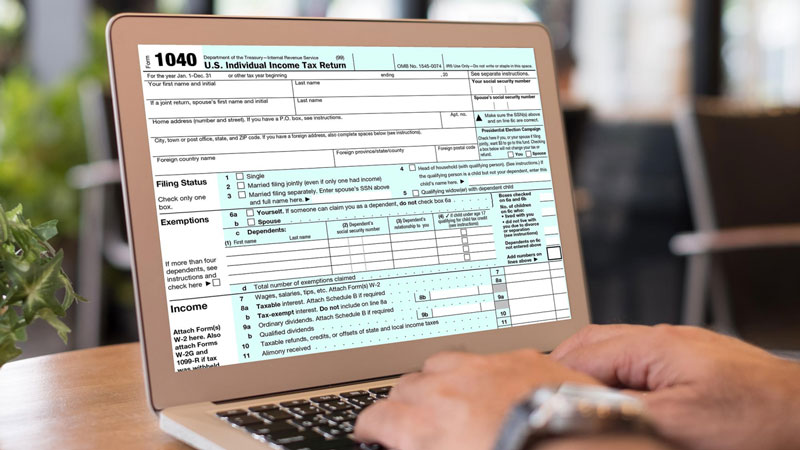Introduction
What Is IRS Publication 721? Publication 721 contains all the information required by a federal employee or retiree who is leaving the service or needs to make changes to their annuity plan. For instance, the Thrift Savings Plans (TSPs) accessible to federal employees are comparable to the 401(k) plans provided by many private sector employers. Employee payroll deduction contributions are eligible for tax deferral. Roth TSP contributions are made after taxes have been paid, allowing for tax-free withdrawals.
Part I General Information
Refund of Contributions
You are entitled to refund the money in your retirement account if you leave federal service or are transferred to a job that is not covered by CSRS or FERS and does not meet the requirements for an immediate annuity. Any regular or voluntary payments you make will be refunded to you, plus interest. Nothing is deductible if all you get in exchange is a tax-deductible donation. The interest is taxable unless transferred immediately into another eligible plan or an Individual Retirement Account (IRA) (IRA). If an OPM direct rollover to an IRA or other plan is not completed, a 20% tax withholding will be charged. In Chapter 2, the guidelines for rollovers are discussed.
Estimated Tax And Withholding
Unless the receiver makes a specific election, all CSRS and FERS annuities are taxable. OPM will guide you. There is still the option to make no deductions. The rules are the same whether you receive your disability annuity before or after MRA. You might need to make estimated tax payments if not enough tax was withheld.

ETA
You must make estimated tax payments for 2022 if you anticipate that your tax liability for the year will be greater than $1,000 (after deducting withholding and credits). Your withholding and credits will be less than the smaller of 90% of the tax that will be shown on your income tax return for the year or 100% of the tax shown on your income tax return for the previous year (110% of that amount if your adjusted gross income was greater than $150,000 ($75,000 if you filed jointly)). There is a 12-month return window. If you were a citizen or resident alien of the United States in 2021 and did not owe any taxes, you are exempt from paying the estimated tax for the year 2022.
Formalities
You won't need to submit a federal income tax return as long as the total of your taxable annuity, and other gross income doesn't exceed a predetermined threshold. The steps required to file gross income are all detailed in the instructions for Form 1040. Children. Even if it is included in your monthly annuity check as the surviving spouse of a federal employee or retiree, each survivor annuity paid to a child of a federal employee or retiree is treated as the child's separate income (and not yours) for federal income tax purposes. This is accurate even if you are the surviving spouse of a retired or deceased federal employee. If your child is dependent, their taxable annuity must be declared unearned income on their tax return.
Part II Rules for Retirees
Before any deductions for choosing a survivor's annuity or the lump sum payment under the alternative annuity option, but after any adjustments for income tax withholding, insurance premiums, etc. On your annuity, the government deducts a percentage. A contribution you make to a retirement savings plan. For federal income tax purposes, you must include all plan contributions in your gross income in the tax years they were claimed as a deduction. The OPM annuity statement includes an itemized breakdown of expenses. Two examples of substitute deposits are alleged deposits and redeposits.
Whether or not the payments are tax-free depends on when the annuity was first distributed. More annuity income than the annuity's cost after 1986 cannot be excluded by you (or the survivor annuitant). After the initial costs of the plan have been paid, the recipient of an annuity payment is liable for income tax. An annuity that started before 1987 can be continued using General Rule or the Simplified Method. Joint and survivor annuities offer the same protection for your heirs after your passing. Exclusions can result in price increases. You may deduct that sum if the start date of your annuity is after July 1, 1986, and the cost hasn't been covered. You should have listed any additional deductions you made last year under "Other Itemized Deduction." There is no death tax benefit for annuities created before July 2, 1986.

Conclusion
Businesses that sell goods or services subject to excise tax must report sales and pay taxes using the IRS Quarterly Federal Excise Tax Return (Form 720). Use this form when reporting and paying excise taxes. Three schedules (A, T, and C) and a payment voucher, and the main body make up Internal Revenue Service Form 720. (called Form 720-V).
watch next


